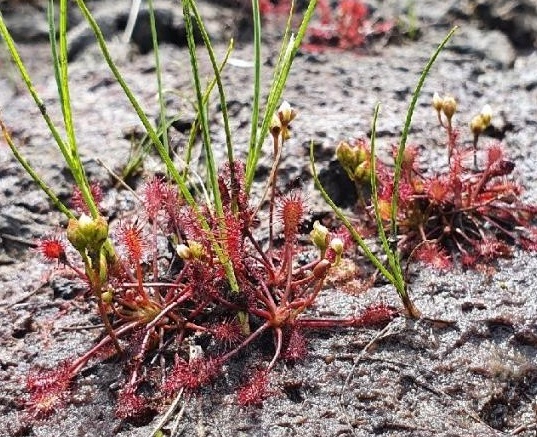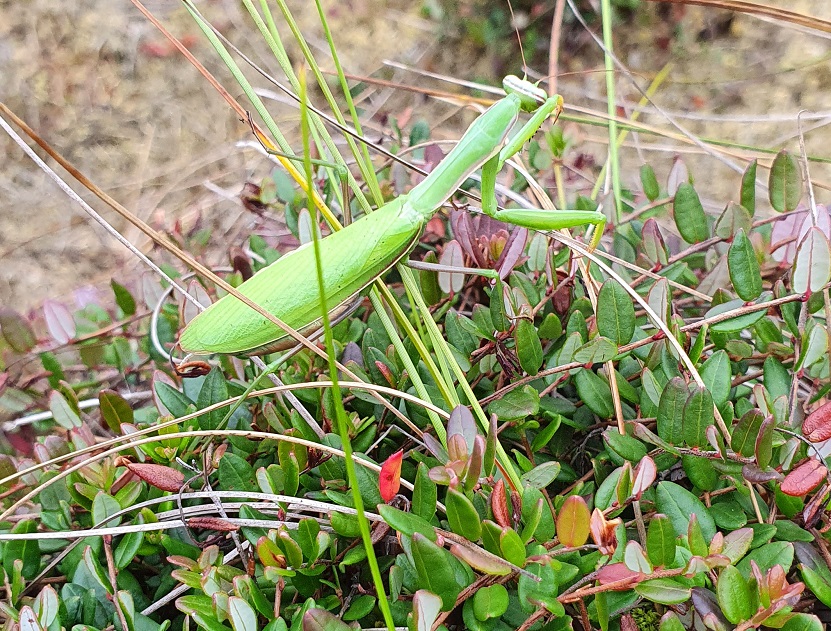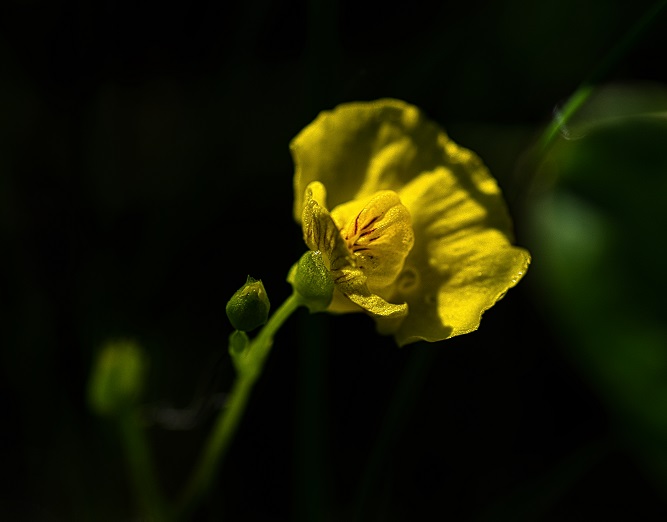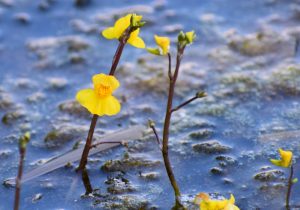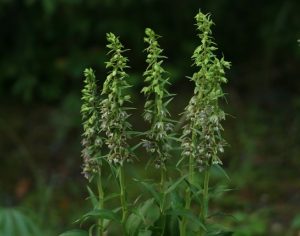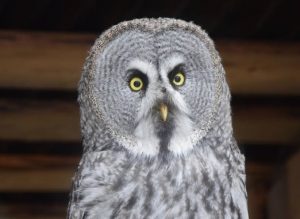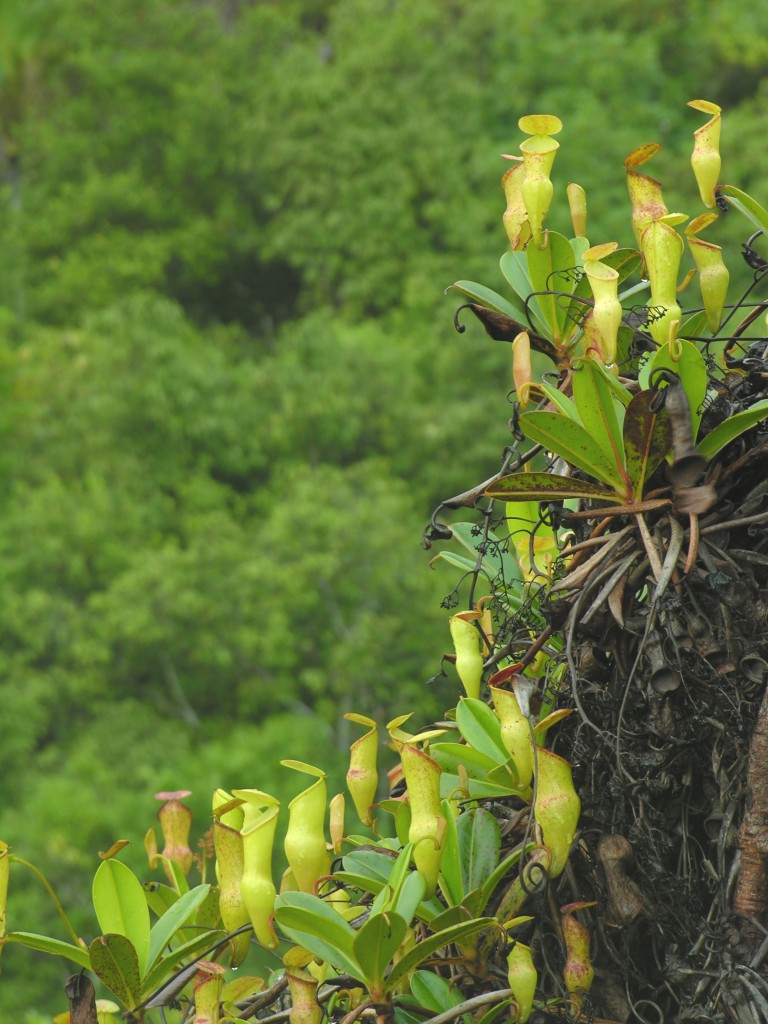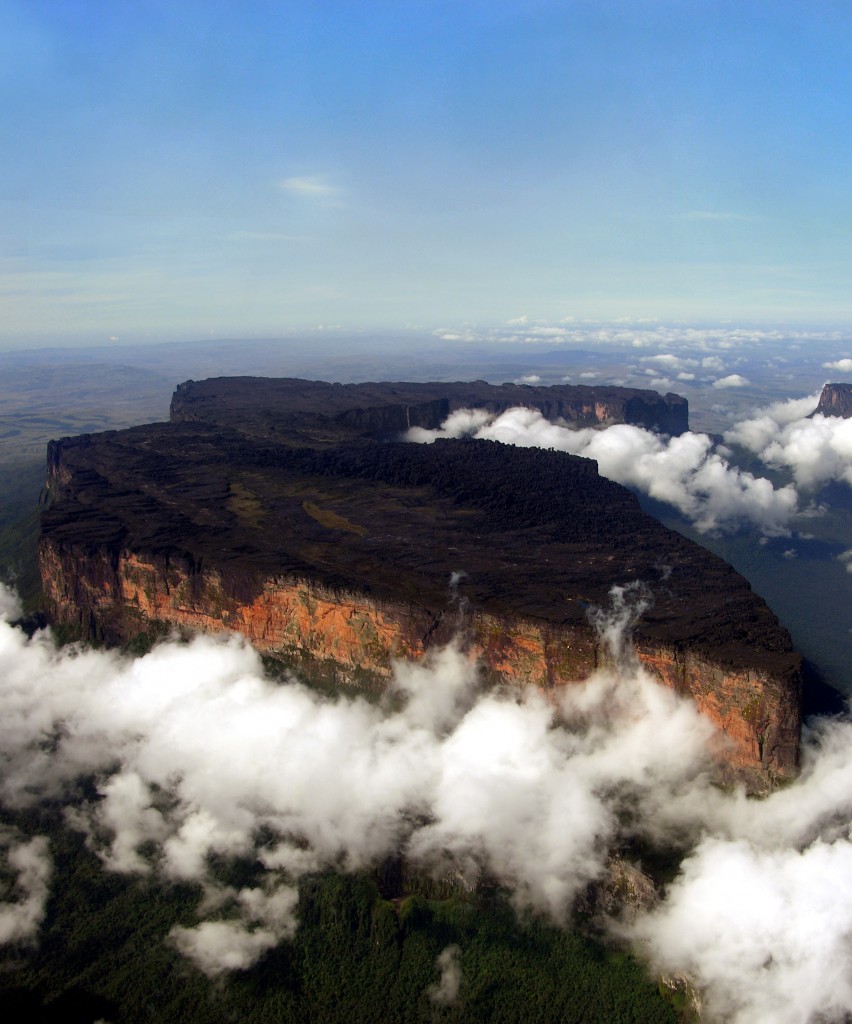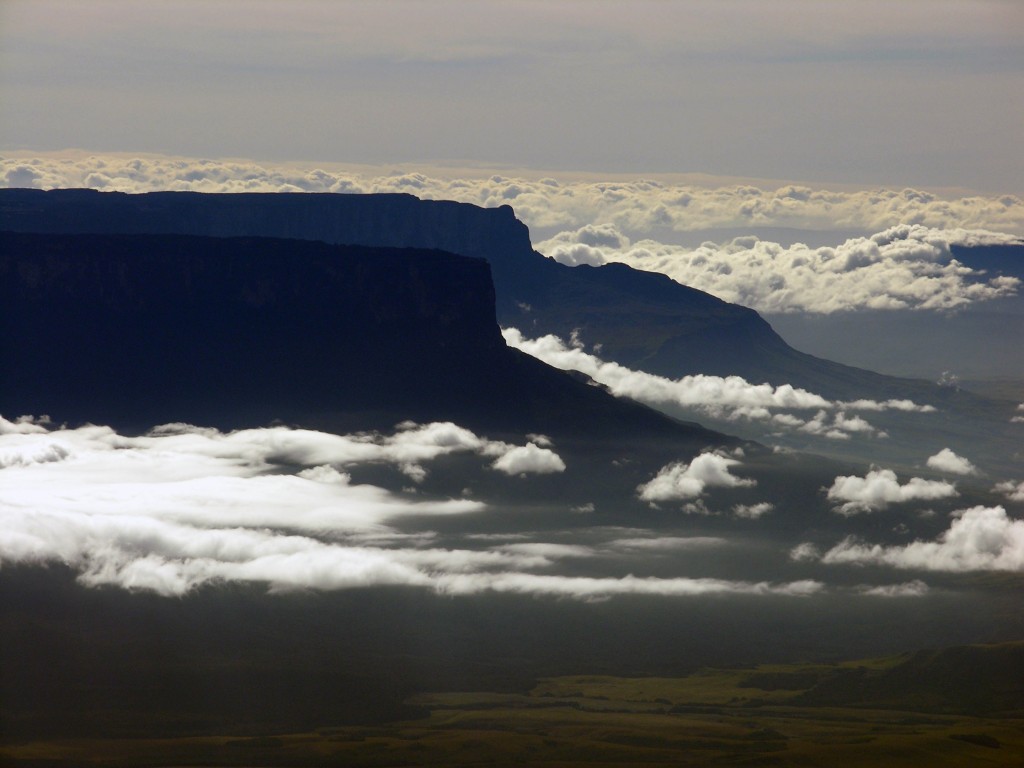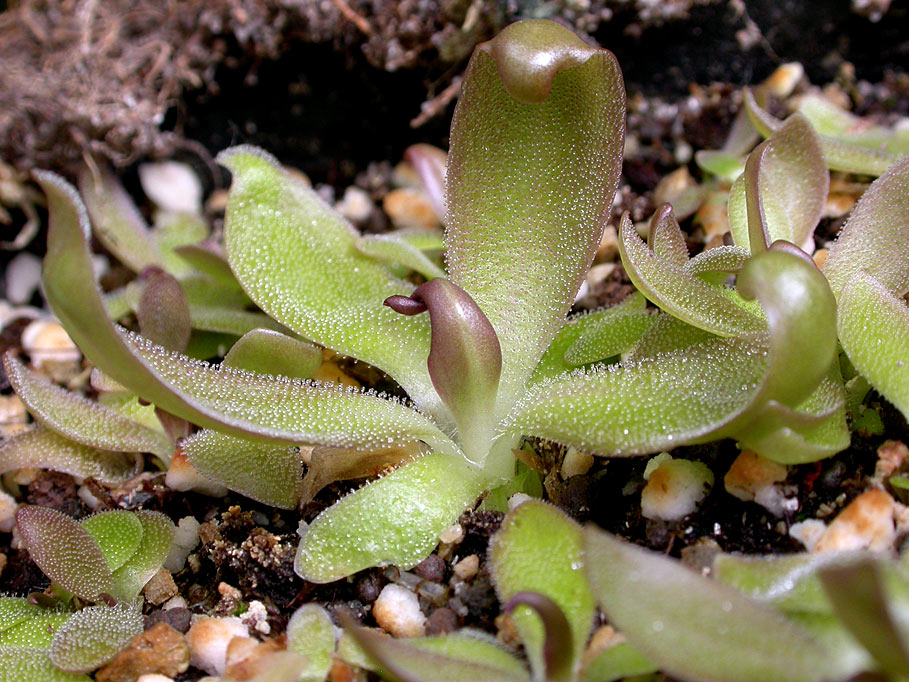It is my pleasure to write to you to announce that the following brand new books have been printed and will soon arrive for distribution:
 Aldrovanda – The Waterwheel Plant by Adam Cross
Aldrovanda – The Waterwheel Plant by Adam Cross
This spectacular 249 page work is the first comprehensive monograph of Aldrovanda, the extraordinary carnivorous “Waterwheel Plant”.
Known for trapping aquatic prey between jaw-like lobes that dramatically snap shut when triggered, Aldrovanda is a unique carnivore related to the famous Venus’ Flytrap and employs one of the fastest movement responses known in the plant kingdom.
This work offers a pioneering and detailed treatment of all aspects of the botanical history, ecology, evolutionary history, distribution and cultivation of this novel plant, and includes the description of a new Aldrovanda colour variant.


.
 Field Guide to the Pitcher Plants of Sumatra and Java by Stewart McPherson and Alastair Robinson
Field Guide to the Pitcher Plants of Sumatra and Java by Stewart McPherson and Alastair Robinson
A beautiful 91 page field guide that examines the thirty six Nepenthes species of Sumatra and Java. Each species is described in detail and lavishly illustrated through many never-before published images of numerous rare taxa.
.
.
.
.
.


.
Field Guide to the Pitcher Plants of Peninsular Malaysia and Indochina by Stewart McPherson and Alastair Robinson
This 59 page work examines the 21 spectacular Nepenthes species of Peninsular Malaysia and Indochina (Burma, Cambodia, Laos, Singapore, Thailand and Vietnam), including many little-known taxa that have been described only very recently.
.
.
.
.


.
Field Guide to the Pitcher Plants of Australia and New Guinea by Stewart McPherson and Alastair Robinson
This 59 page work explores the 13 Nepenthes species of New Guinea, and the threeNepenthes and one Cephalotus species of Australia.
Each plant is profiled and depicted though spectacular images, many of which have never been printed previously.
.
.
.
.


All four new titles can be ordered through www.redfernnaturalhistory.com. All pre-orders will be shipped as soon as these titles arrive from the printers in approximately two weeks time. I have attached sample pages of these works to this email, in case you wish to see their content.
In other news, Andreas Fleischmann’s long awaited Monograph of the Genus Genlisea is to be printed imminently. This spectacular work covers numerous little known, recently described and brand new Genlisea taxa, and represents the very first complete monograph of this genus of extraordinary carnivorous plants.
Wishing you all a very happy 2012.
Kind regards, Stewart McPherson Redfern Natural History Productions